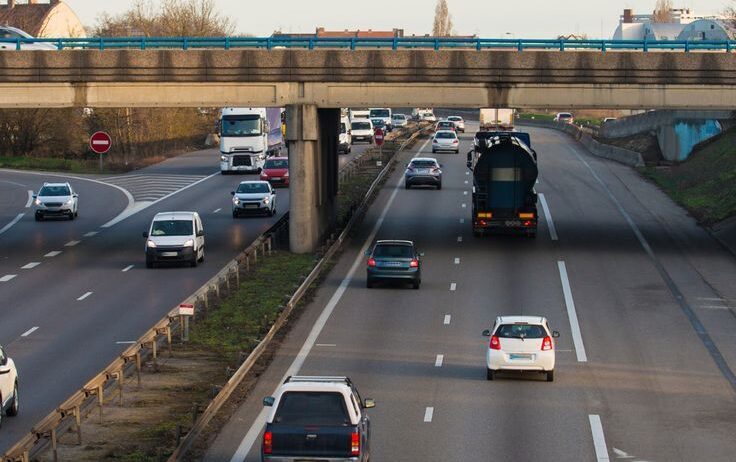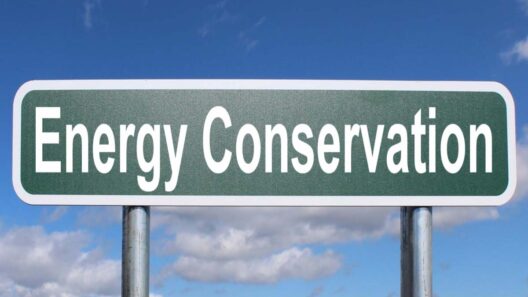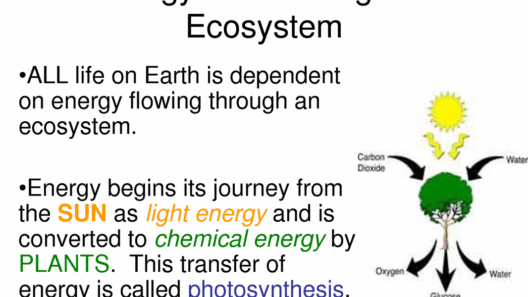In an era where climate change poses an existential threat, the automotive industry and personal driving habits have come under scrutiny. Energy conservation is paramount for mitigating greenhouse gas emissions and fostering a sustainable future. This article aims to explore diverse strategies for conserving energy in relation to cars and driving habits.
One of the primary avenues for energy conservation is through vehicle choice. Selecting an energy-efficient vehicle can significantly decrease overall fuel consumption. Hybrid and electric cars, for instance, utilize alternative fuel sources that reduce reliance on fossil fuels. Moreover, newer internal combustion engine vehicles often come equipped with advanced fuel-saving technologies. When considering vehicle purchases, prospective buyers should evaluate the vehicle’s miles per gallon (MPG) rating, pollution emissions, and overall energy efficiency.
Another important consideration is vehicle maintenance. Regular servicing not only prolongs the life of the vehicle but also ensures optimal performance. Simple actions like maintaining proper tire pressure can enhance fuel economy by reducing rolling resistance. According to studies, underinflated tires can significantly decrease fuel efficiency, leading to unnecessary energy consumption. Moreover, routine checks on the engine, air filters, and oil levels can prevent excess consumption and emissions.
Driving habits, too, play a critical role in energy conservation. Aggressive driving behaviors such as rapid acceleration, hard braking, and excessive idling can inflate fuel consumption by as much as 30% in stop-and-go traffic. Smooth driving techniques, like gradual acceleration and deceleration, can enhance fuel efficiency. Moreover, maintaining a steady speed on highways, preferably utilizing cruise control, can contribute to a decrease in fuel expenditure.
Additionally, understanding how to leverage one’s vehicle’s air conditioning can further conserve energy. Using the AC system can increase fuel consumption, particularly in older models. When possible, consider utilizing the vehicle’s ventilation system instead of AC during moderate weather. Furthermore, minimizing the use of electric accessories while driving, such as heated seats or rear defrosters, can also decrease energy drain.
Trip planning emerges as another critical element of energy conservation. Individuals should aim to combine errands into a single trip, thus minimizing the number of trips taken overall. This approach not only conserves fuel but also saves time, making it both a pragmatic and economically advantageous strategy. Moreover, consider the route taken. Using GPS systems can help identify the most efficient paths, avoiding congested areas that may lead to idling and increased fuel use.
Carpooling and using public transportation are viable alternatives that can significantly reduce the number of vehicles on the road. By sharing rides, individuals can decrease their carbon footprints while saving on fuel costs. Public transport, though sometimes overlooked, offers a sustainable option for commuting. Buses and trains are often more energy-efficient per passenger mile than individual car travel, providing an effective means to combat road congestion and contribute to a reduction in emissions.
For those who cannot resist the allure of their vehicles, alternative energy sources offer a progressive path. Biofuels, hydrogen, and electricity are burgeoning alternatives that can power vehicles with a diminished environmental impact. Biofuels, derived from organic materials, can often be used in existing engines without significant modification. Electric vehicles (EVs) capitalize on renewable energy sources and produce zero tailpipe emissions, thus addressing air quality concerns in urban settings. As infrastructure evolves, the accessibility of charging stations continues to improve, further supporting the adoption of electric and hybrid models.
In addition to individual efforts, community initiatives also play an integral role in driving down energy consumption. Support local programs encouraging reduced traffic, such as bike-sharing initiatives and improved walking infrastructure. Advocacy for urban planning that prioritizes walkability and cycling can lead to long-term cultural shifts that reduce vehicular dependence. By collaborating with local governments and organizations, citizens can foster environments that promote sustainable practices.
The importance of education and awareness cannot be overstated. By informing others about the benefits of energy-efficient driving habits and the impact of vehicle choice on the environment, we can create ripples of change that extend beyond individual actions. Social media platforms, workshops, and community discussions can serve as vital channels for spreading knowledge and advocating for sustainable practices.
Lastly, consider the implications of policy advocacy. Supporting legislation aimed at increasing fuel economy standards, investing in public transit, and promoting renewable energy usage can yield significant benefits at both local and national levels. Engaging in political processes and supporting environmentally conscious candidates can pave the way for impactful changes that support energy conservation on a broader scale.
In summary, conserving energy concerning cars and driving habits requires a multifaceted approach. It incorporates the selection of energy-efficient vehicles, adherence to maintenance protocols, adjustment of driving styles, and strategic trip planning. Supplementing individual efforts with community initiatives and advocacy can amplify efforts to mitigate climate change. As individuals and communities adopt sustainable practices and embrace innovation, the journey toward energy conservation will not only be possible but will also pave the way for future generations to thrive in a healthier, more sustainable world.





